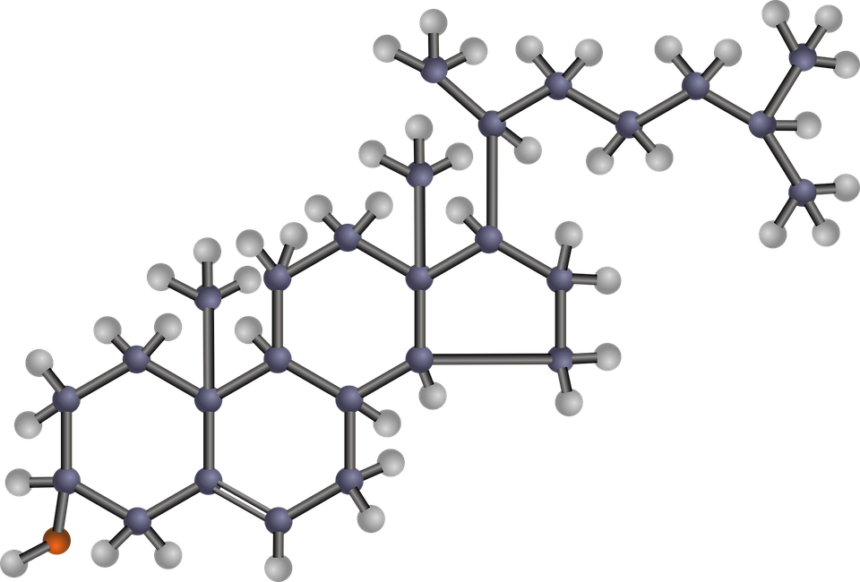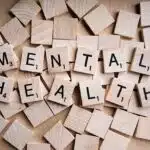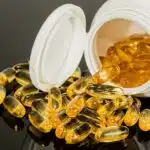Your body needs cholesterol to function properly, but not all cholesterols are created equally. Actually, Most of individuals are always aware of HDL and LDL cholesterol also known as as the main 2 different type of cholesterol. But there is one more type of cholesterol affects your health which called Very Low-Density Lipoprotein (VLDL). Yes, You heard it right! It is the third most important type of cholesterol. Learning what VLDL cholesterol is, how it’s different from other forms of cholesterol, and why its detection relevant to your health will you make decisions well-informed for the next steps after receiving your lipid results.
So, Without wasting any further time let’s discuss this in more detail.
What Is VLDL Cholesterol?
VLDL Cholesterol—Why It Matters
This cholesterol affects health through its transportation of triglycerides, high levels of VLDL can cause a buildup of fatty deposits in your arteries which is a major cause of heart diseases. Checking this cholesterol, along with other blood lipids such as: high HDL cholesterol and LDL, is more comprehensive approach to determining overall heart health.
VLDL cholesterol itself is actually not very important — the issue here are the health problems it may create. People commonly compare VLDL and LDL because both falls into the category of “bad” forms, though their roles differ slightly. This is much more confusing because VLDL are for the most part transporting triglycerides, and LDL transports cholesterol to tissues. However if you have high VLDL, its triglyceride load makes it particularly dangerous and both are problematic in that both types help create plaques.
How Do We Even Measure VLDL Cholesterol?
A lipid panel typically includes a test for VLDL cholesterol levels. This test can identify almost all individuals, previously labeled as healthy, who have recently experienced a heart attack. The things measured in the table including HDL (‘good’), LDL (‘bad’) and total cholesterol as well as triglycerides. You may remember from earlier that doctors frequently estimate VLDL cholesterol from your triglyceride counts.
Doctors usually advises to remain within the 30 mg/dL of the range for the VLDL. If your VLDL levels are above this point, you might be at increased risk of cardiovascular problems. Elevated Triglycerides and VLDL Cholesterol Levels Require Reduction. (Or, Both Triglycerides and VLDL Cholesterol need to be lowered.)
High HDL Cholesterol: The Good Kind
It is often called “Good” cholesterol. HDL carries cholesterol out of your arteries and back to the liver where the cholesterol can be broken down and passed as waste. Advantages of having a good amount of HDL Cholesterol are that it helps counter the adverse effects of high VLDL and LDL levels.
The higher your HDL cholesterol, the more effective your body is at removing excess cholesterol to lower your total cardiovascular risk. The goal is to hang on to high levels of HDL cholesterol while keeping VLDL and LDL in check. This fine line is critical in preventing heart attacks and strokes from developing.
What Is the Difference Between VLDL and LDL?
Although both are harmful cholesterol, VLDL and LDL have different functions. Everyone knows VLDL mostly for carrying triglycerides. A type of fat in the blood your body uses to make energy—and to a lesser extent other lipids in the blood. If there are too many, they store in your arteries. Where as the LDL cholesterol transports cholesterol to different place in our body, where it is needed. However, a high LDL produces cholesterol plaque in the arteries causing cardiovascular diseases.
Why Is Managing VLDL Cholesterol Important?
Low-density lipoprotein cholesterol (VLDL cholesterol)- VITAL. It is EXTREMELY CRITICAL to control your VLDL cholesterol. Higher levels promote increased risks of heart disease. This includes stroke and other cardio related diseases. Of course, you do have high HDL cholesterol on your side to clean up some extra cholesterol in arterial pathways. But that would be no excuse for all the excessive levels of VLDL.
Not only can a VLDL cholesterol be damaging because it stops healthy lipids from breaking down as they should. But you also may run the risk of increasing plaque deposits in your arteries. Something that could sort to block blood flow and leave you with life-threatening health complications. After all, just like there is a specific LDL target that you aim for when it comes to protecting your heart. You should also keep an eye on your VLDLs.
Conclusion
Understanding what VLDL is. How it impacts your health can mean the difference to maintaining healthy cholesterol levels or not. Both VLDL and LDL are notorious for giving cardiovascular disease. But you can control them dietically and by exercise when required in association with the challenge more or less medically. Through keeping eye on your lipid profile — HDL goal, VLDL cholesterol and LDL goal. You will minimize considerably the danger of having heart disease while get to have far better overall well being. Visit our Self Weight Loss to find the perfect diet plan to keep your cholesterol levels healthy.
You can also join our community on Facebook and Instagram.

SelfWeightLoss welcomes to our contributing Writers and thanks them for help the blog keeps up to date with new blog posts, guides, tips and tricks on Weight Loss, Fitness, Diet and Nutrition.
If you are a guest writer and want your articles to be feature in our site, please send them to us.










